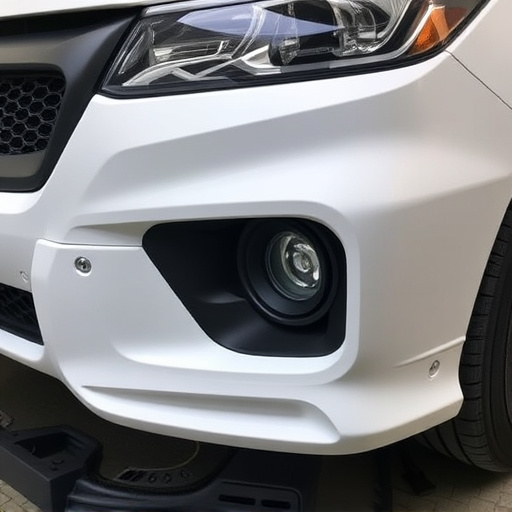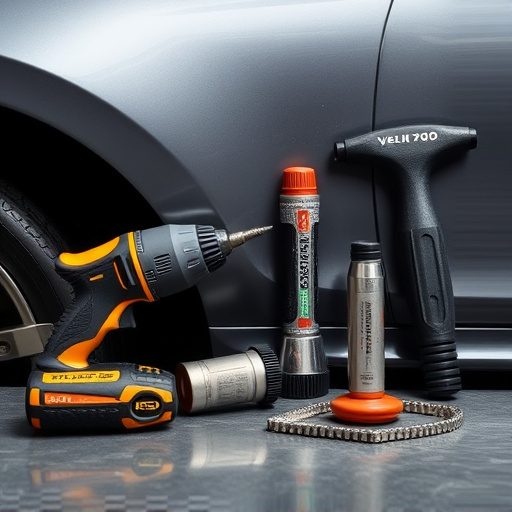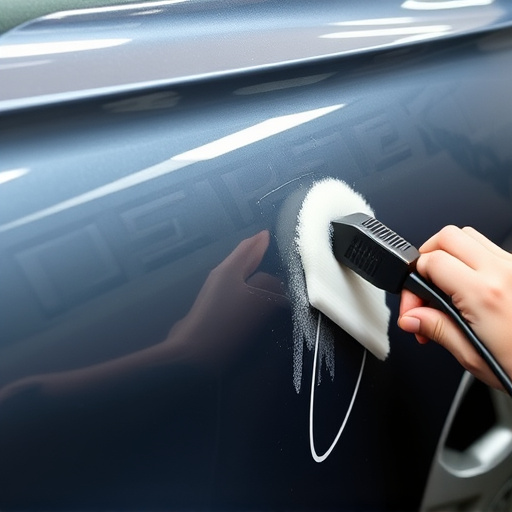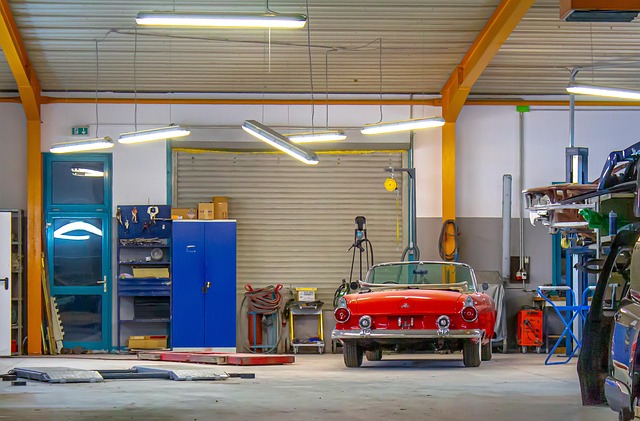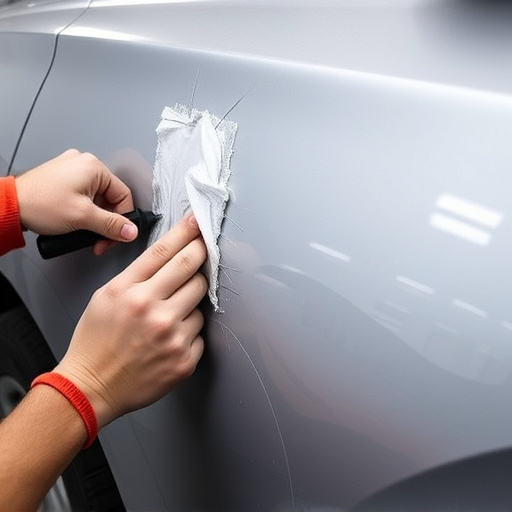Dog leg repair surgery addresses severe structural damage when conservative treatments fail, aiming to restore mobility and alleviate pain. Using techniques like plate or screw fixation, surgeons realign and stabilize damaged segments for natural healing. Sectioning procedures offer a strategic approach, dividing damaged areas for precise treatment, enhancing functionality, aesthetics, and recovery compared to traditional methods. Both TPLO (limb deformity correction) and sectioning have distinct recovery paths; TPLO provides improved stability after immobility, while sectioning reduces joint load but may have longer recovery times. Precise alignment and bodywork are crucial post-surgery for both techniques.
“Considering dog leg repair? Understand the surgical approach, explore sectioning procedures, and weigh recovery outcomes. Dog leg repair aims to enhance mobility and quality of life by addressing structural issues. Sectioning, an alternative, creates managed boundaries for better control. This comparison guides you through post-surgery recovery and quality of life considerations, empowering informed decisions for optimal results in dog leg repair.”
- Understanding Dog Leg Repair: A Surgical Approach
- Sectioning Procedures: Creating Managed Boundaries
- Comparing Recovery and Quality of Life Post-Surgery
Understanding Dog Leg Repair: A Surgical Approach
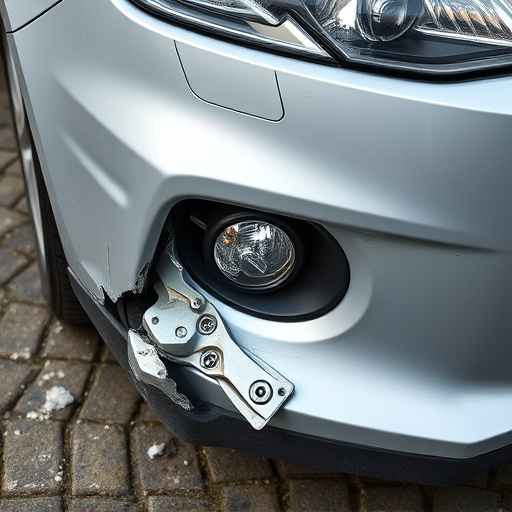
Dog Leg Repair: A Surgical Solution for Structural Integrity
Dog leg repair is a specialized surgical procedure designed to address significant structural damage in dogs, particularly affecting their legs. This technique is often employed when traditional conservative methods like rest, therapy, or braces fail to correct or stabilize the condition. The primary goal of dog leg repair is to restore mobility, alleviate pain, and prevent further deterioration, enhancing the overall quality of life for affected canines.
Surgically, this procedure involves meticulous manipulation of bones, muscles, and connective tissues to realign and stabilize the damaged leg segments. Skilled veterinary surgeons utilize advanced techniques, including plate or screw fixation, to secure the repaired areas, allowing the dog’s body to naturally heal and rebuild strength around the corrected leg structure. Auto body services and collision repair centers may seem unrelated, but for car body repair experts, understanding dog leg repair highlights the intricate precision required in aligning and restoring structural integrity, whether in a vehicle or an animal’s body.
Sectioning Procedures: Creating Managed Boundaries
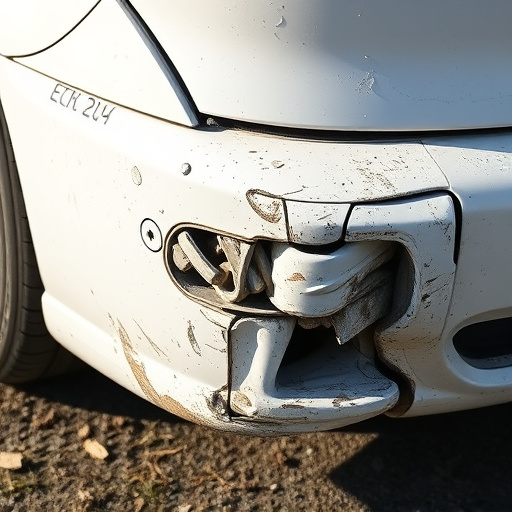
Sectioning procedures are a strategic approach to managing a dog’s leg issues by creating defined boundaries within the affected area. This method involves carefully dividing the damaged section from the healthy parts, offering a more precise solution for repair. By segmenting the problem, veterinarians and pet specialists can tailor their treatment plans, ensuring each portion receives appropriate attention. This targeted strategy is particularly beneficial for complex cases where a single dog leg repair might not be sufficient.
Compared to traditional dog leg repair techniques, sectioning provides an advantage in terms of both functionality and aesthetics. It allows for more controlled restoration, potentially improving the overall mobility and comfort of the pet. Moreover, this method can aid in minimizing scarring and promoting better healing, which is particularly relevant when considering auto painting or auto glass repair as part of the recovery process, ensuring a seamless blend with the animal’s natural features.
Comparing Recovery and Quality of Life Post-Surgery
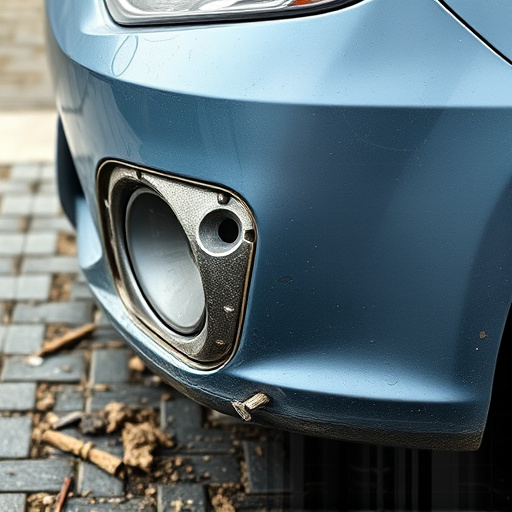
After surgery, both dog leg repair and sectioning procedures have varying recovery paths that directly impact a dog’s quality of life. Dog leg repair, also known as tibial plateau levelling osteotomy (TPLO), is a complex but effective method to correct limb deformities. Post-surgery, dogs typically experience a period of immobility, followed by gradual weight bearing and rehabilitation exercises. This process often leads to improved stability, reduced joint stress, and enhanced mobility in the long term.
In contrast, sectioning involves removing a portion of the damaged bone and fusing it back together. While this approach may seem less invasive initially, dogs undergoing sectioning can face longer recovery times due to the need for bone healing and fusion. Unlike TPLO, which focuses on restoring limb alignment, sectioning reduces joint load but might not always provide the same level of mobility restoration. As a result, car bodywork and frame straightening techniques in both cases are crucial to ensure proper alignment and minimize strain on other body systems during recovery.
Dog leg repair and sectioning procedures offer distinct approaches to addressing structural issues in dogs. Understanding each method’s implications for recovery and quality of life is crucial for pet owners and veterinarians. While dog leg repair aims to strengthen and stabilize the joint, sectioning involves carefully cutting and rejoining bone segments. Both have their advantages, with dog leg repair promoting natural joint function and sectioning being suitable for specific cases requiring precise control over movement. Ultimately, the choice between these procedures depends on the dog’s condition, owner preferences, and veterinary recommendations, ensuring the best possible outcome for the animal’s long-term health and mobility.


